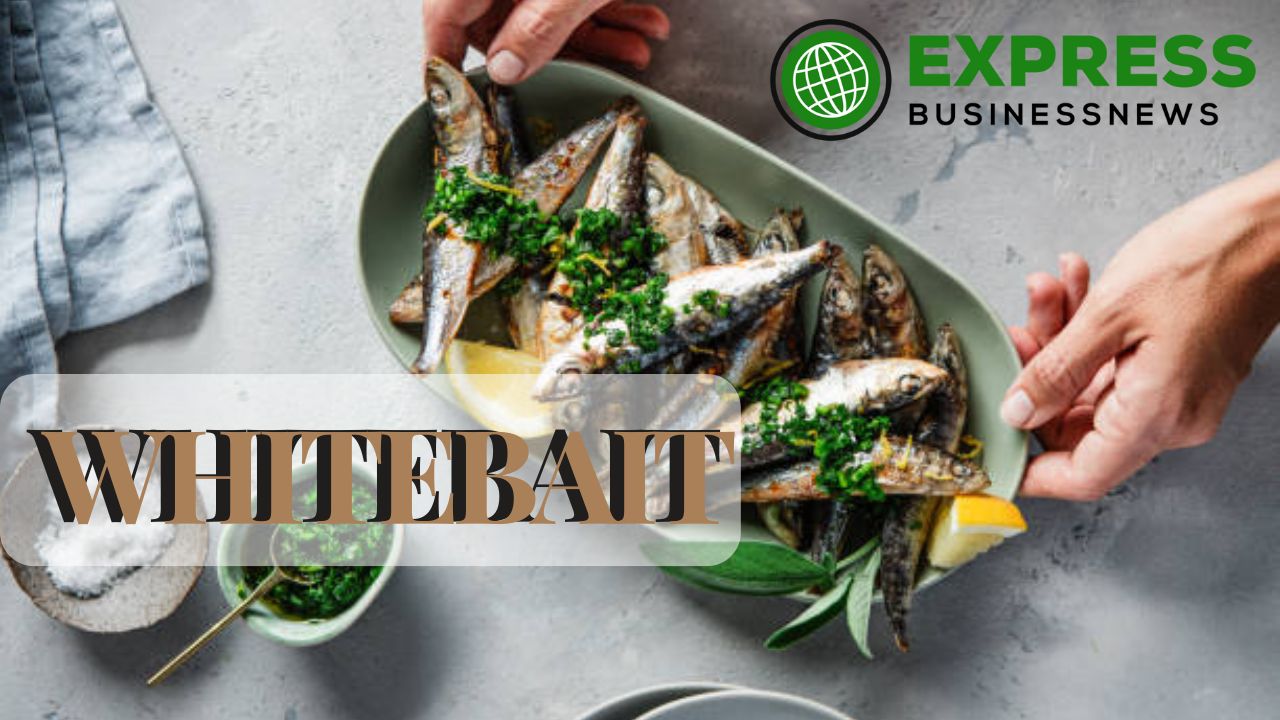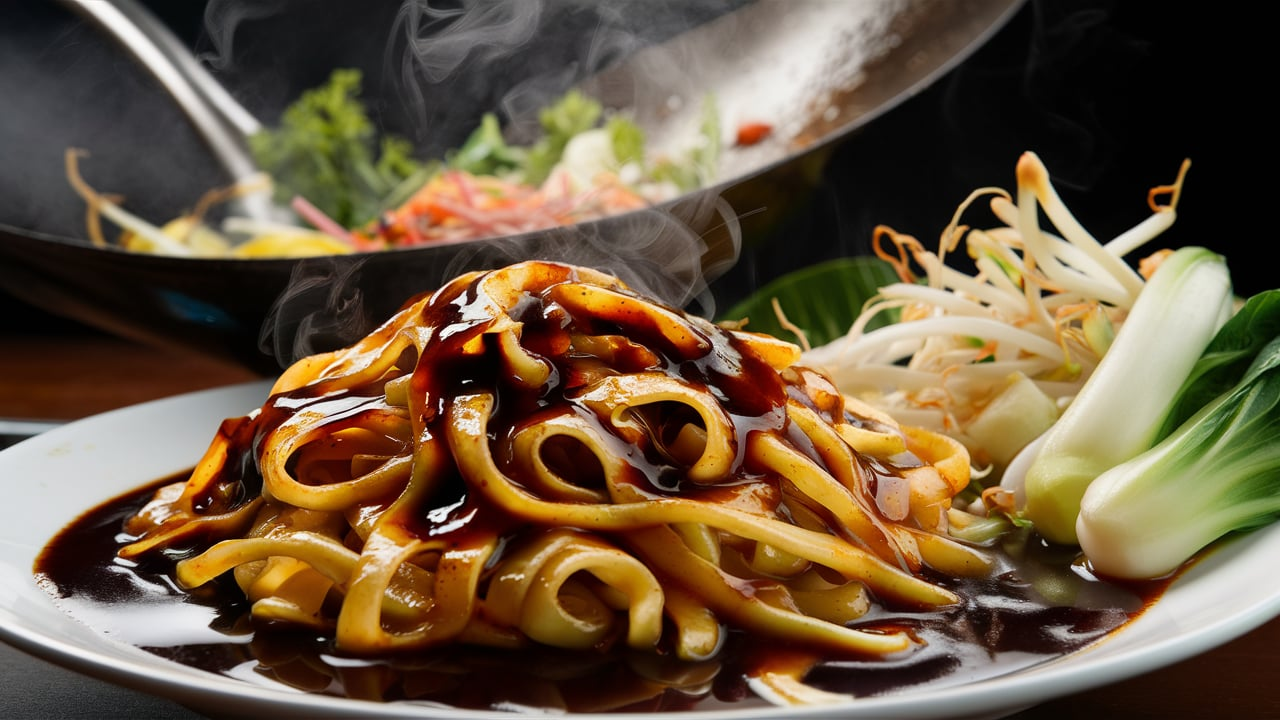Introduction
Whitebait is a season that often sparks interest among foodies and people interested in seafood. In this comprehensive survey, we delve into the bait arena, what it’s so far, how it’s used in culinary traditions, its ecological importance, and more. Join us on this adventure and discover the secrets and techniques of baiting.
What is Whitebait?
Whitebait refers to young fish, usually of many species along with herring, sprats, wrasse and occasionally juvenile anchovies. These tiny fish are usually round 1 to 2 inches long and often translucent or silvery white. They are prized for their delicate texture and flavor, making them a sought-after feature in many kitchens in the industry.
Culinary uses of Whitebait
In the culinary context, bait is generally known for its use in frying. It is often coated in flour or batter and quickly fried until crispy. This technique preserves the delicacy of the fish while providing a crispy outer layer, creating a wonderful textural evaluation. Whitebait fritters, a popular dish in New Zealand and parts of Europe, showcase the simplicity and deliciousness of these small fish.

Cultural significance
In different cultures, whitebait has varying degrees of culinary and cultural significance. In New Zealand, bait fritters are a popular food, often popular during the bait season while these small fish migrate upstream. The way of life of hunting and cooking the decoy has deep roots in local groups, where it is considered a seasonal delicacy.
Ecological Role of Whitebait
In addition to its culinary appeal, whitebait occupies a critical ecological position in marine and freshwater ecosystems. As juveniles of large fish species, they represent a vital link in the food chain, contributing to the biodiversity and sustainability of aquatic environments. Their abundance or scarcity can indicate the suitability of rivers and coastal waters, making them the focus of conservation efforts in several regions.
Bait practices
Bait-catching practice varies depending on the area and surrounding rules. In some places, including New Zealand, baiting involves placing nets or traps along river banks throughout the migration. These nets capture young fish as they swim upstream, allowing for a sustainable harvest that respects seasonal patterns and population dynamics.
Nutritional value
Nutritionally, whitebait is a rich source of protein and omega-3 fatty acids, which are beneficial for coronary heart health and the mind. Despite their small length, these fish pack a nutritional punch, making them a healthy addition to a balanced diet when eaten in moderation.
Popular Whitebait dishes
In addition to fritters, bait is used in a variety of dishes around the world. In Japan, for example, shirasu – small bait-like fish – are loved uncooked as sashimi or gently cooked in dishes such as tempura. In Mediterranean cuisine, anchovies, which are carefully combined with bait, are usually used in salads, pasta sauces and as pizza toppings.
Environmental concerns
However, the lure’s popularity has raised concerns about sustainability. Overfishing and habitat destruction can affect baitfish populations, affecting not the simplest fish themselves, but the larger ecosystem they support. Conservation efforts, along with fishing regulations and habitat restoration projects, are essential to ensure the long-term viability of baitfish populations and their habitats.
Culinary techniques
In culinary parlance, preparing baits requires skill to preserve their delicate flavour and texture. Chefs regularly emphasize simplicity and use minimal spices to let the herbaceous flavours of the fish shine through. Whether pan-fried, fried or integrated into seafood stews, whitebait dishes highlight the versatility and culinary appeal of these small fish.
Whitebait in different cuisines
From Europe to Asia and beyond, whitebait has found its region in various culinary traditions. In Italy, for example, whitebait is known as bianchetti and is commonly fried in olive oil and served with lemon wedges as an appetizer or snack. In Greece, Stavros, a similar small fish, is enjoyed grilled or marinated in vinegar, reflecting local tastes and alternatives.

Health benefits
In addition to its culinary appeal, whitebait also offers fitness benefits thanks to its nutritional profile. High in protein and occasional saturated fat, it offers critical amino acids needed for muscle growth and repair. The omega-three fatty acids found in baits support cardiovascular fitness by reducing irritation and raising cholesterol levels, making it a nutritious choice for those trying to spice up their diet.
Whitebait protection
Given the ecological importance of bait, conservation efforts are essential to ensure sustainable harvesting practices and the preservation of plant habitats. By establishing fishing quotas, monitoring migration patterns, and supporting habitat restoration, stakeholders can work together to protect whitebait populations for future generations.
Regional variation
In unique areas, whiting can check in with different types of small fish used in local delicacies. For example, in the United Kingdom, bait commonly consists of young herring or sprats, lightly coated in flour and fried until golden and crispy. Served with tartar sauce or lemon juice, it is a famous craving in coastal towns and fish markets.
Cultural tradition
In addition to its culinary diversity, whitebait has cultural significance in many communities. In Japan, for example, once a year the harvest of shirasu – a form of bait – is celebrated with festivals and traditional dishes. Families gather along the coastal areas to enjoy freshly caught shirasu, symbolizing the connection between food, tradition and nature.
Whitebait in art and literature
In addition to its position in delicacies and ecology, whitebait inspires artistic expression and literary references. Paintings depicting fish markets often include trays of glistening bait, emphasizing their visual appeal and cultural symbolism. In the literature, the authors wove testimonies of fishing groups and seasonal rhythms of whiting migration and photographed the essence of coastal life.
Cooking tips
When cooking with bait, freshness is key to preserving their delicate flavour and texture. Before cooking, rinse the fish lightly in bloodless water and dry it with a paper towel. Lightly coat them in flour or batter simply before frying them so that they are crispy on the outside. Serve immediately with a squeeze of lemon or sea salt to enhance their natural flavour.
Whitebait fishing
Commercial bait fisheries operate in various parts of the world that specialize in sustainable practices to reduce environmental impact. By complying with fishing regulations and aiding scientific studies, these fisheries contribute to the responsible control of bait shares and the protection of marine ecosystems.
Whitebait season
The baiting season varies by region and species. In New Zealand, for example, the bait season usually runs from September to November, coinciding with the upstream migration of smaller fish. During this time, lovers gather along the river banks to set nets and traps, eager to seize this prized cuisine at its peak freshness.

Environmental sustainability
As attention to environmental sustainability grows, so does the importance of responsible bait harvesting. Overfishing and habitat degradation pose massive threats to whiting populations and the ecosystems they manage. By promoting sustainable fishing practices, enforcing fishing quotas, and supporting marine conservation efforts, stakeholders can help protect the fate of bait and sustain marine biodiversity for generations to come back.
Future prospectuses
The future of bait ahead depends on a concerted effort to stabilize culinary entertainment with ecological stewardship. Continued research on bait populations, migration patterns, and habitat conservation will inform informed decision-making and ensure sustainable control practices. By appreciating the ecological function of bait and embracing culinary diversity, we will promote a harmonious dating between human consumption and nature conservation.
Conclusion
After all, Whitebait represents more than just a culinary delight – it embodies the intersection of subculture, ecology and gastronomy. Whether you love it in crispy fritters, delicate sashimi or traditional dishes, whitebait continues to captivate taste buds around the world. Thanks to the know-how of its ecological role and the support of sustainable harvesting practices, we can ensure that future generations will also enjoy the taste and cultural heritage of these small treasures from the sea.
“FAQ”
What types of fish are called Whitebait?
The species of fish marked as bait may vary by area. In Europe, bait often refers to younger herring, sprats or anchovies. In New Zealand and Australia, it generally refers to young fish of the whiting family, which includes species such as Galaxiids. The specific fish considered bait may vary depending on local fishing practices and culinary traditions.
How is white bait typically prepared?
Whitebait can be organized in different ways, relying on regional elections. Common strategies include:
- Frying: Whitebait is regularly lightly coated in flour and fried in a pan until crispy. This educational approach is known in many countries.
- Grilling: Whitebait can be grilled, providing a slightly smoky flavour.
- Steaming: In several cuisines, bait is steamed or added to soups and stews.
- Pickling: Whitebait can also be pickled for maintenance and added to salads or sandwiches.
Is Whitebait suitable for people with allergies?
White bait may not be suitable for individuals with fish or seafood allergies due to the type of fish involved. If you have allergic reactions, it’s miles important that you stay away from bait consumption and check factor labels or inquire approximately the presence of bait in meals when dining.





